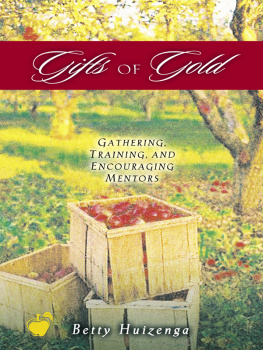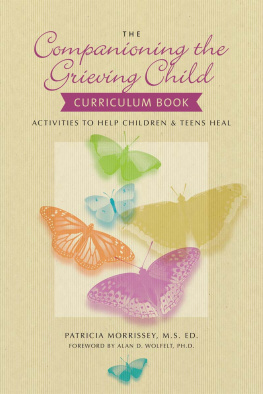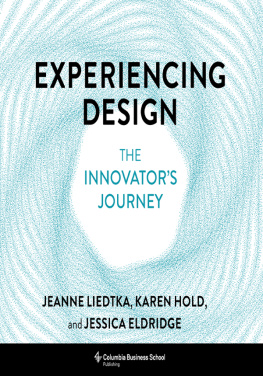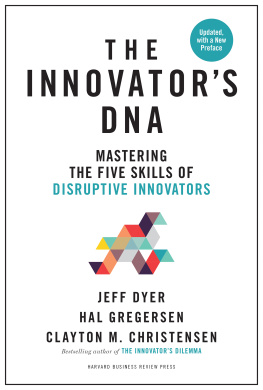Contents

by Ellen Booth Church

Copyright
2016 Ellen Booth Church
Published by Gryphon House, Inc.
P. O. Box 10, Lewisville, NC 27023
800.638.0928; 877.638.7576 (fax)
Visit us on the web at www.gryphonhouse.com.
All rights reserved. No part of this publication may be reproduced or transmitted in any form or by any means, electronic or technical, including photocopy, recording, or any information storage or retrieval system, without prior written permission of the publisher. Printed in the United States. Every effort has been made to locate copyright and permission information.
Cover and interior photographs used under license from Shutterstock.com.
Library of Congress Cataloging-in-Publication Data
The Cataloging-in-Publication Data is registered with the Library of Congress for ISBN 978-0-87659-668-5.
Bulk Purchase
Gryphon House books are available for special premiums and sales promotions as well as for fund-raising use. Special editions or book excerpts also can be created to specifications. For details, call 800.638.0928.
Disclaimer
Gryphon House, Inc., cannot be held responsible for damage, mishap, or injury incurred during the use of or because of activities in this book. Appropriate and reasonable caution and adult supervision of children involved in activities and corresponding to the age and capability of each child involved are recommended at all times. Do not leave children unattended at any time. Observe safety and caution at all times.
Dedication
To my grandmother, Francesca Esterly Korn, and the many generations of creative and innovative thinkers in my family. Thank you for teaching me that anything is possible.
And to my creative husband, Jerry Levine, who makes everything possible.
Preface
I have been working with and for young children since 1971. Whether as a preschool or kindergarten teacher or as a college instructor working with future teachers, my heart and mind have been focused on helping children to love learning and to live and thrive in the world that is ahead for them. This can be challenging because we often dont know what is ahead for children. In my keynote speeches around the world, I often ask the audience to pause and think about what the world might be like when the young children they are now teaching are their age or even my age. We discuss many ideas, often related to technology and society. The one conclusion we always come to is that the only constant is change.
Everything changes, and it seems to each generation that change happens very quickly. My father was born in 1896 and traveled in a covered wagon as a child. Before he passed away at age ninety, humans had landed on the moon. That is a great deal of change. Think about your own life and the changes that have happened to date. I wrote my first book in 1983, in longhand because I didnt know how to type. Now, I am sitting at my computer writing to you as I look at the birds on the feeder outside the window. I dont even need to look at my hands or the screen. That is a huge change for me!
I invite you to pause right now. Put down this book, and look out your window. Imagine the children you teach. What do you think the world will be like when they are your age? What skills will they need? What challenges and gifts will they deal with? How can you prepare them for a future of change?
Please join me on a journey through creative themes chosen to support childrens global view and understanding. Enjoy these activities that are designed to support children as they develop into global thinkers, communicators, and collaborators. I promise you, it will be fun along the way.
Ellen Booth Church
Introduction
The mediocre teacher tells. The good teacher explains. The superior teacher demonstrates. The great teacher inspires.
William Arthur Ward, author
Children who are prepared to deal with the world of work and education need to be able to take a broad view. What does this mean? It means being able to see many viewpoints and perspectives. It also means being able to listen to others and to share ones own ideas and perceptions.
Think about perspective and perception. There are two very interesting and important processes we can introduce to start preparing children for the wide world ahead. First, we present children with activities that invite them to take many different perspectives. Then, from those viewpoints, we encourage them to notice what they perceive. The themes in this book are meant to ask children to broaden their perspectives, to notice relationships, to investigate same and different, to use perception to develop inductive and deductive reasoning, and to evaluate their processes and thinking. That all might sound like big stuff for young children, but when it is presented with fun songs, games, and activities, nothing is more natural!
This book is designed differently from traditional activity books where the sections are divided by skill or curriculum area. When we operate in the world, we dont separate the skills. Instead, we use them all together for success and understanding. This book is divided into four major themes that walk children through ever-increasing understandings of their place in the wide world ahead. Literacy, math, science, motor, and social skills are woven into each theme so that the childrens experience is well-rounded, both socially and intellectually.
The goal of this book is to provide teachers with creative hands-on discussions and activities for developing children who are thinkers, communicators, and collaborators. Just as we are asking children to be both creative and critical thinkers, this book also is asking you to be a creative, critical thinker. Each activity is full of ideas and inspirations to use with the children. Treat this book like a menu at your favorite restaurantchoose the items that fit your classroom appetite right now. You can always revisit the menu another time and try something new!

How do we prepare children to thrive in the
ever-changing global community? We teach them:
- To observe and notice.
- To relate to their own needs and the needs of others.
- To work and play well with others.
- To recognize and even love change.
- To thrive in a changing world.

How do we do prepare children for the unexpected,
the changing dynamics of life?
- We offer them hands-on experiences with real-world materials.
- We support them in using problem-solving and thinking skills.
- We encourage them to share their thinking with others.
- We listen to their ideas and ask questions to take them further.
- We create a supportive classroom community of equals.
Theme One: How I See the WorldThe Art of Observing and Comparing
















